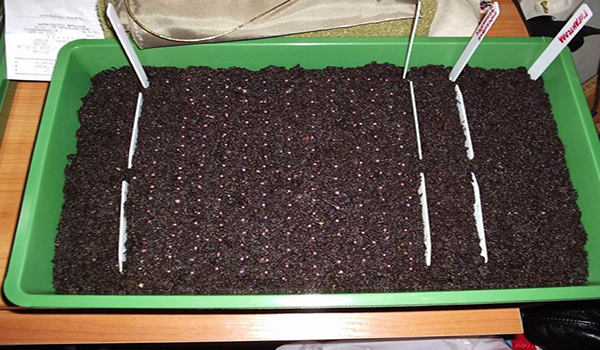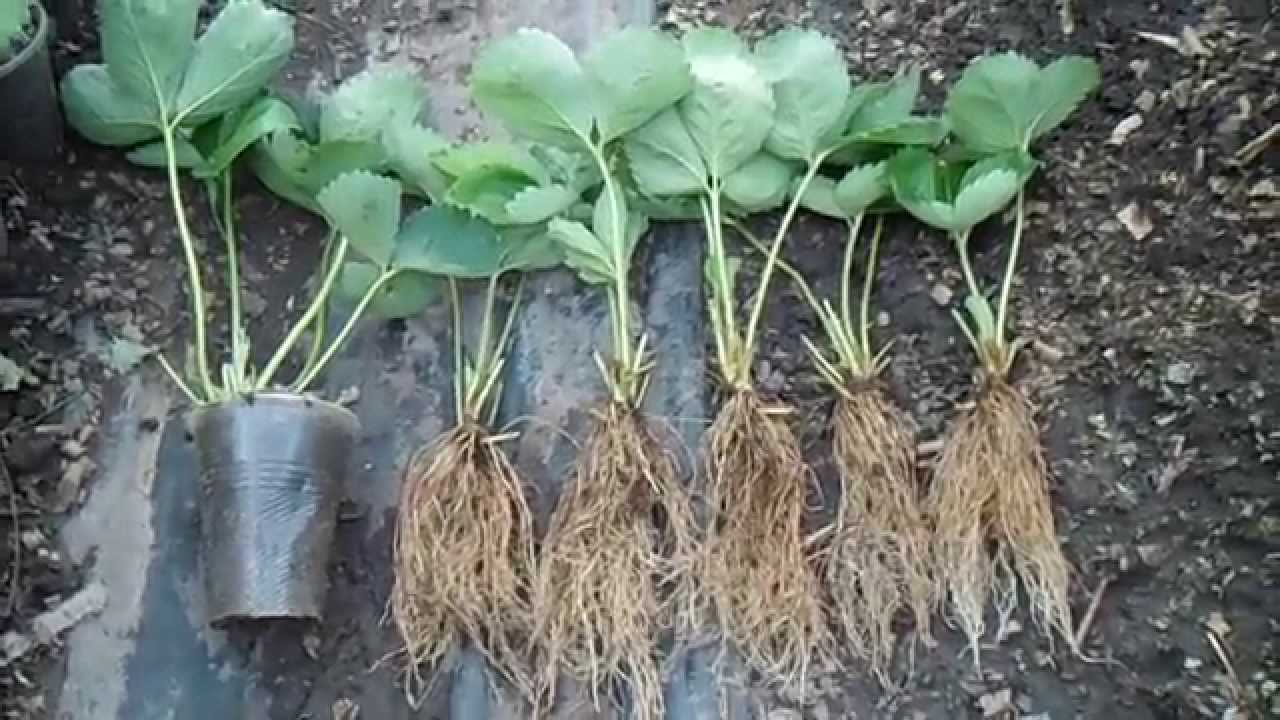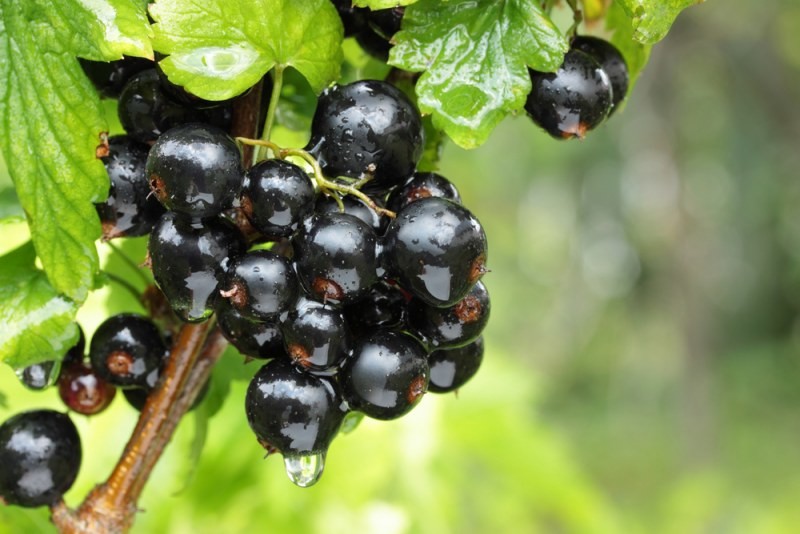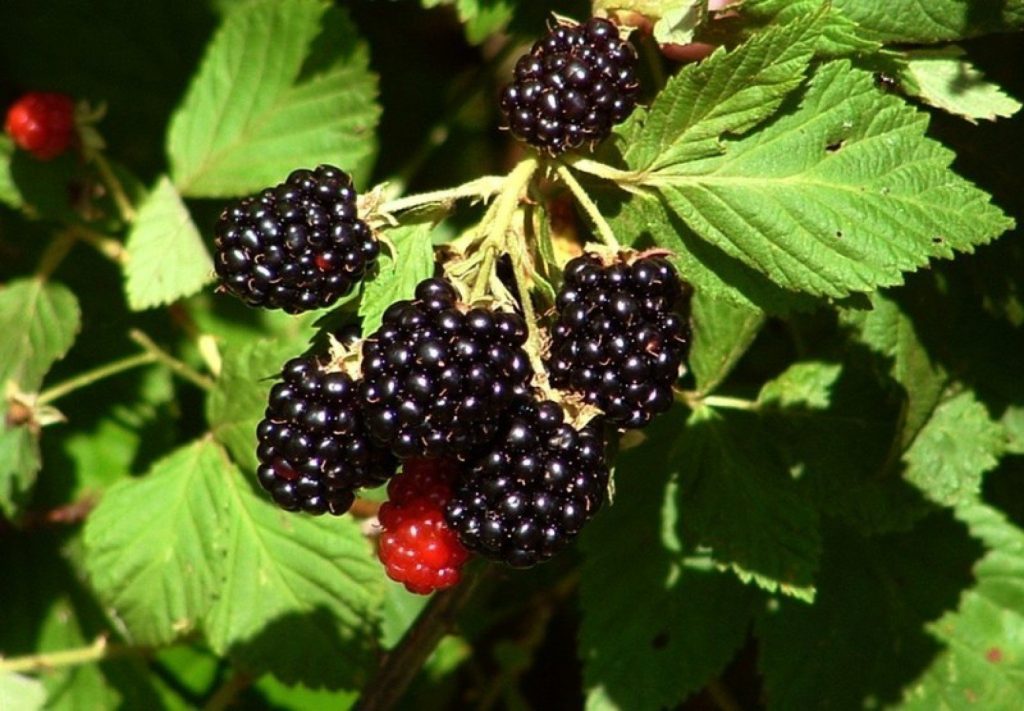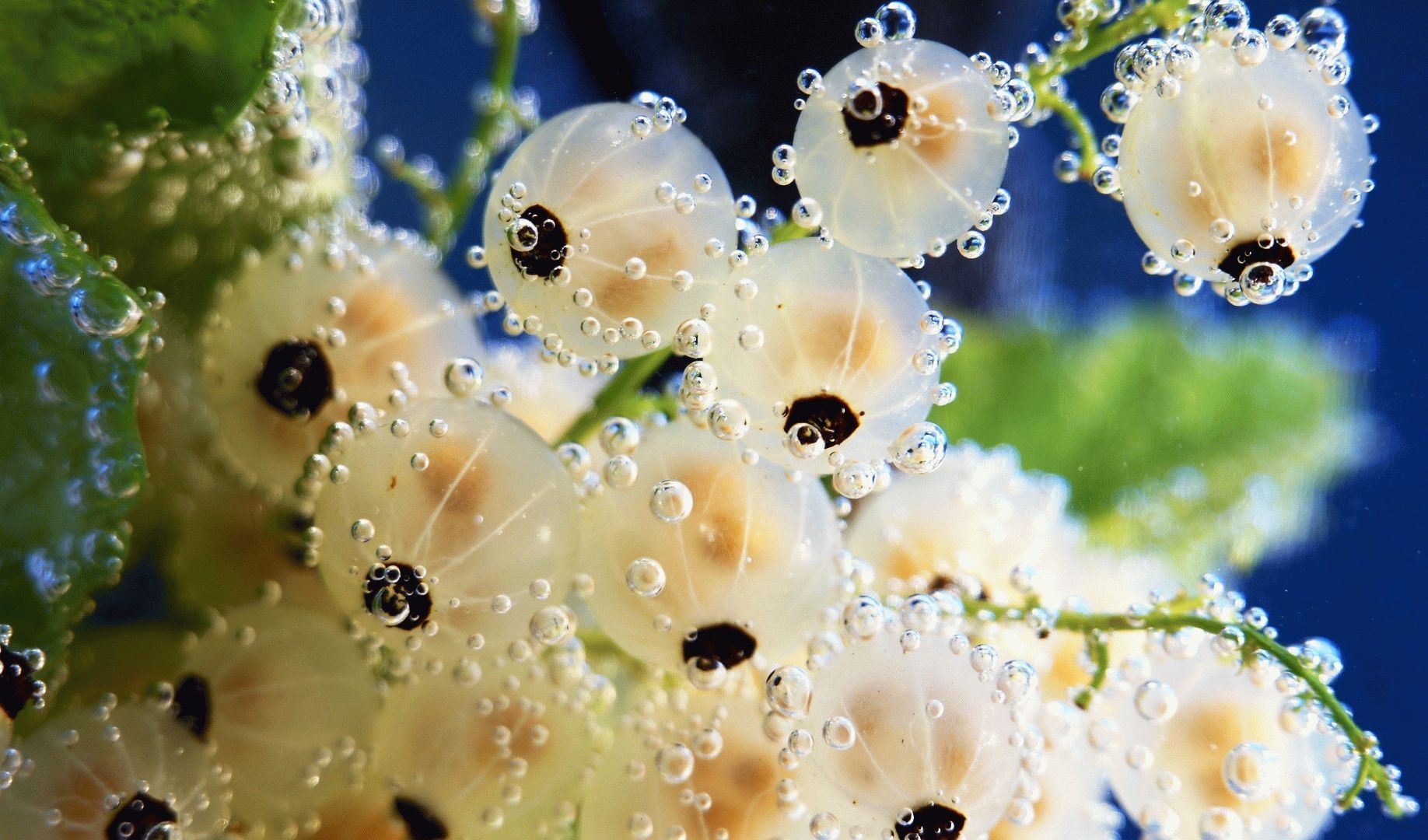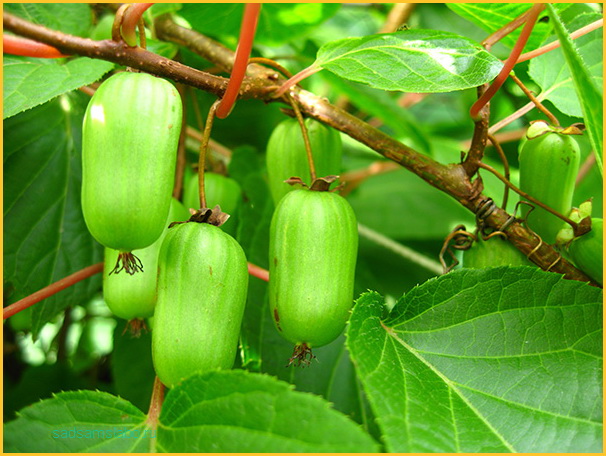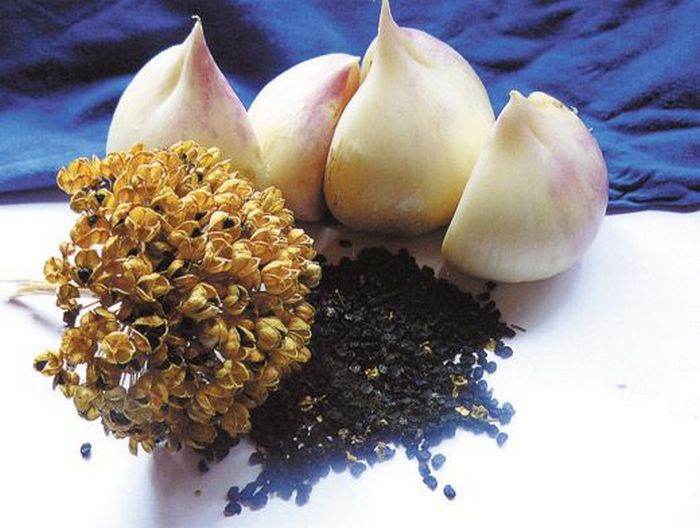Content:
Strawberry is a perennial plant grown in many regions of Russia. Leningrad region, Moscow region and Siberia are no exception. Its more accurate name is large-fruited garden strawberry. This is a favorite summer treat for children and adults. There is no gardener who does not strive for a bountiful harvest of these fruits. To obtain stable fruiting, you need to take care of garden strawberries, observing certain agricultural techniques. Only in this case, delicious, red and sweet berries will disfigure and delight the household.
Features of culture
Leaf growth occurs during the warm season. During this time, she bears fruit and sets buds for the next harvest. But a lot depends on the type of strawberry. There are a large number of varieties that conditionally differ in the following properties:
- ripening period of fruits;
- the size of the berries;
- frost resistance;
- resistance to diseases and pests.
The strawberry is a fast-growing plant, therefore, at the summer cottage it is necessary to control its growth, periodically removing the old mustache, otherwise it will cease to produce a stable harvest and will die over time. Only young bushes bear fruit well. She loves sunny places, well-drained soil and responds well to the addition of fertilizers. The main thing is to ensure that the acidity level of the soil does not exceed 6%, and the humus content is more than 2%.
Novice gardeners often ask themselves: how do strawberries grow and where to start planting? This plant is unpretentious, so with the right approach, you can get the first berries already in the year of planting.
First you need to choose a suitable site. Soil quality is essential. Podzolized black forest soils are best suited. If there is no such land on the plot, it should be prepared independently by mixing black soil with fertilizers (manure or chicken droppings). Cultivating in carefully prepared soil will make it easier and easier to care for your shrubs.
The planted seedlings must be covered with mulch. It can be old sawdust, dry chopped grass, straw. This method helps to retain moisture longer.
To grow bushes in open areas, you should monitor the timely watering and weed growth. The latter must be removed, since weeds take nutrients from the soil from strawberries.
Growing and care
Specialty stores sell many varieties of strawberries that can be grown from seeds, differing in maturity, color and taste. Repaired species are very popular. This is when strawberries bear fruit from June until the very frost. When choosing planting material, you should carefully read the conditions of agricultural technology and susceptibility to diseases.
Repair strawberry - what does it mean:
- fruiting occurs constantly throughout the season;
- no need to trim the mustache;
- can be grown in one place without transplanting;
- has great resistance to disease;
- can be planted anywhere, even between trees;
- bred by sowing seeds, replanting a mustache and dividing an old bush.
The most popular varieties of remontant strawberries:
- Baron Solemacher allows you to get the sweetest berries with a deep red color. The weight of one strawberry is up to 4 g. The variety is resistant to fungal pathogens and unpretentious to the ground.
- Rügen is a dessert variety of remontant strawberries. It has proven itself well for its sweet and sour taste and conical shape. Some manage to make compotes out of it.
- Ruyana is a variety with compact bushes. Super early - fruiting occurs 2 weeks earlier than all other species. The berries are bright red medium in size. It easily tolerates even the most severe frosts.
- Forest fairy tale. According to the gardener, this is a high-yielding variety that continuously blooms and bears fruit until winter. Berry weight 5 g. Sizes are small, conical in shape.
- Alexandria is propagated by whiskers or seeds. This is a new variety and is being swept away like hot cakes in gardening shops. The reason - the weight of one berry reaches up to 10 g, due to which it is considered the largest and sweetest remontant strawberry.
Reproduction of culture
Seed planting
Plant seeds for seedlings early. The optimal dates are February - early March. Seeds can be sown onto moistened blotting paper in a transparent container with an opening lid or in the ground. The pots are placed on a well-lit windowsill in the house. With proper care, the sprouts hatch in a month. When the first roots appear, it is required to add a little sand or other light soil to the container and rearrange it in a well-lit place on the balcony, periodically opening it for ventilation and adding soil.
The grown seedlings are planted in a permanent place in the spring, after the threat of spring frosts has passed. In the prepared and heated soil, the bushes are seated at a distance of 30 cm from each other. The roots in the holes should be straightened and covered with earth. Around the seedlings, the soil mass is slightly compacted. The planted bushes are watered and mulched. You can use a light, ordinary covering material to protect it from direct sunlight so that the bushes take root better and take root faster.
Mustache breeding
Rooting a whisker is an easy and widely used method of growing full seedlings. This is due to the fact that a new rosette with leaves appears from the arrow, which gives roots. This method allows you to get a young bush with 100 percent genetic qualities. To improve the planting material, you need to cut flowers from those bushes that will multiply. They should retain about 3 growth points. The rest should be removed. The strongest are those rosettes near the parent plant. It is them that are recommended for breeding.
In order for the trim to take root, you need to ensure that the soil layer is moist and loose. Can be used as fertilizer fertilizer from nitrogen microelements.
Dividing the strawberry bush
This method is used to separate varieties of repair strawberries if there are few or no whiskers on them. For this purpose, large, high-yielding bushes with a properly frolicking root system are determined. In summer or early autumn, they are dug up and divided into separate parts. Any of them can be selected as planting material.
Which of the three breeding methods to choose, the summer resident decides on his own.You can try each one to find the most effective and convenient one.
Culture care
Planting plants is a part of agricultural activities. After they are planted and rooted, summer residents must water, loosen and weed the beds in a timely manner. It is also recommended to remove red leaves from bushes. This will renew the strawberries, ensure that the berries are supplied with sunlight and protect against infection and pests.
An important role in the cultivation of remontant strawberries is played by the feeding of berry bushes.
Usually, stimulating activities begin after picking berries. Organic fertilizers are best suited for feeding in July, the most useful of which is liquid manure. To get it, manure is placed in a ten-liter container, filling it by a quarter, poured to the top of the water and insisted for 3 days. The resulting infusion must be diluted with water in a ratio of 1: 3 and added 1 liter under each bush.
In the same way, in order to obtain high yields for the next year, garden strawberries are necessarily fed in the fall. During this time, the plants are stocking up on nutrients for the coming winter. The frost resistance of strawberries directly depends on their number.
The second half of August is the ideal time for the first stage of autumn stimulation. In addition to liquid manure, mullein and bird droppings are suitable for feeding. To prepare an infusion from bird droppings, it is poured with water 1:10 and left to infuse for 2 days. After that, 1 liter per bush is introduced into the aisles.
Infusion of mullein is an equivalent replacement for droppings. To do this, it is diluted in a ratio of 1:10 with water and left warm for 1 day. Then it is also brought in 1 liter per bush. You can spread dry rotted mullein between rows of stands to provide a long-term supply of nutrients.
In the second half of October, the second stage of autumn stimulation begins. A good effect at this time is given by the applied phosphorus and potassium-containing fertilizers: ash of deciduous trees, ammonium nitrate and urea.
Dry ash is used to sprinkle bushes at the base, providing protection from pests, and in liquid form (150 g of ash per 1 bucket of water) plants are watered. To obtain a solution of urea in 10 liters of water, dilute 1 tbsp. a spoonful of fertilizer.
It is advisable to use ammonium nitrate for two-year-old bushes and older. It is scattered dry between the rows and buried. Consumption of substance 100 g per 10 m².
By following these simple recommendations, every gardener can get a bountiful harvest of sweet, aromatic strawberries.
How to harvest
Each of the varieties of this berry has a certain ripening period. It is necessary to monitor the condition of the ovaries so as not to miss this moment. The color of the berries will tell you about the degree of maturity. During the ripening period, they need to be plucked every other day. Care should be taken during harvesting as the fruit can be easily crushed.
The berries must be removed with stalks. This will keep them dry and not deteriorate. The berries from the bush can be cut with scissors or the stalks can be removed manually.
The harvested crop must be put in boxes made of wood or cardboard. Buckets, plastic containers or plastic bags will not work for this purpose, as they will wrinkle the strawberries.
After reading the article to the end, any gardener will understand that there is nothing difficult in the cultivation of remontant strawberries. The main thing is to follow the simple cultivation rules listed above, and homemade strawberries from home-grown strawberries will be a reward for your efforts.

